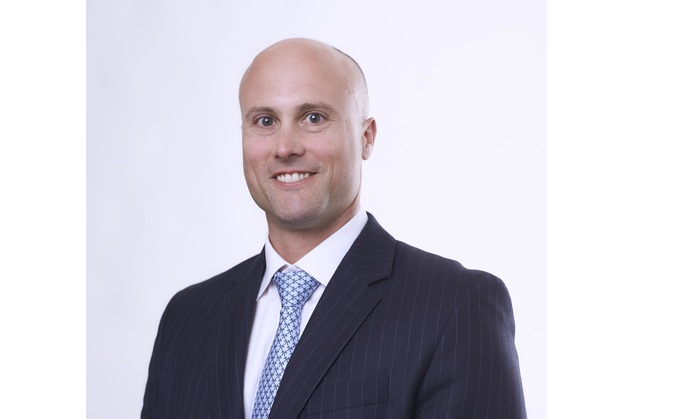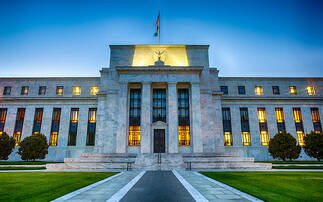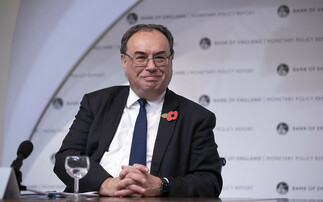Can you give a brief overview of your strategy in terms of what you are trying to achieve for investors, your investment process and the make-up of the investment team?
The Emerging Market Debt team is based in London and has experience of managing EM assets through many economic cycles. The investment process combines both bottom-up and top-down inputs and is centred around having a robust product design and distinct alpha sources for each product. Fundamental analysis is a key component but equally important is the political overlay and the ESG inputs which are fully integrated into the investment process, as well as the on the ground due diligence which often provides an edge to the final decision making.
With this in mind, the Emerging Market Unconstrained Bond Fund seeks to achieve a return of Cash + 4-6% by investing in emerging markets (EM) fixed income, including EM interest rates, currencies and credit. The focus is on achieving a total return, rather than alpha versus a specific benchmark, as we see this as the best way to showcase our best ideas on both the long and the short side (which is an equally important part of the opportunity set). We also take a flexible approach to portfolio construction and utilise various instruments, including FX and CDS, in order to manage downside risk to the portfolio. This downside protection is critical as we aim to deliver between 0-20% of the market downside while capturing 100% of the market upside, making the fund an excellent complement to any existing long only allocation to emerging markets.
How are you positioning your portfolio?
The portfolio expresses our best ideas within both the EM local and hard currency markets. At the moment we are allocating close to half of our risk budget to EM local currency rates as we see this as a structural opportunity to invest at a time when nominal (and real) rates are relatively high and inflation has peaked. We also like selective opportunities in the credit markets where we are employing a barbell approach of holding investment grade EM sovereign credit to benefit from the higher yields on offer, while also delving into the high yield space in credits that we think have been overly punished as a result of the higher default rate in EM over the last 2 years. This allows us access to some credits which trade at sub 50 in cash price, and with running yields well in excess of 10%, which provides obvious downside protection through the already low cash prices but also in certain cases offers the potential for equity like returns if credit profiles are able to move to a more sustainable footing.
Can you identify a couple of key investment opportunities for your fund you are playing at the moment in the portfolio? This could be at a stock, sector or thematic level.
In the local rates space, we see the best opportunities in countries where their central banks have been hiking interest rates for a prolonged period in order to tame inflation. The majority of these countries are in Latin America. They now benefit from high nominal and real interest rates and are likely to be able to cut interest rates in the coming months as inflation begins to fall. We see this as a structural opportunity that has been created by the fiscal largesse post covid and the resultant inflation shock, but also the proactive action from these central banks. In the credit space, we see event driven opportunities arising as a result of this year's election calendar. Turkey and Nigeria are two countries that have just been through elections and where there is the early promise of a return to more orthodox economic policies which should be beneficial for their bonds. We are closely watching developments in Argentina, where elections are due to be held in October of this year, and where a return to some form of orthodoxy should allow for a substantial narrowing in credit risk premium, especially given the low (<30) cash prices on their bonds.














